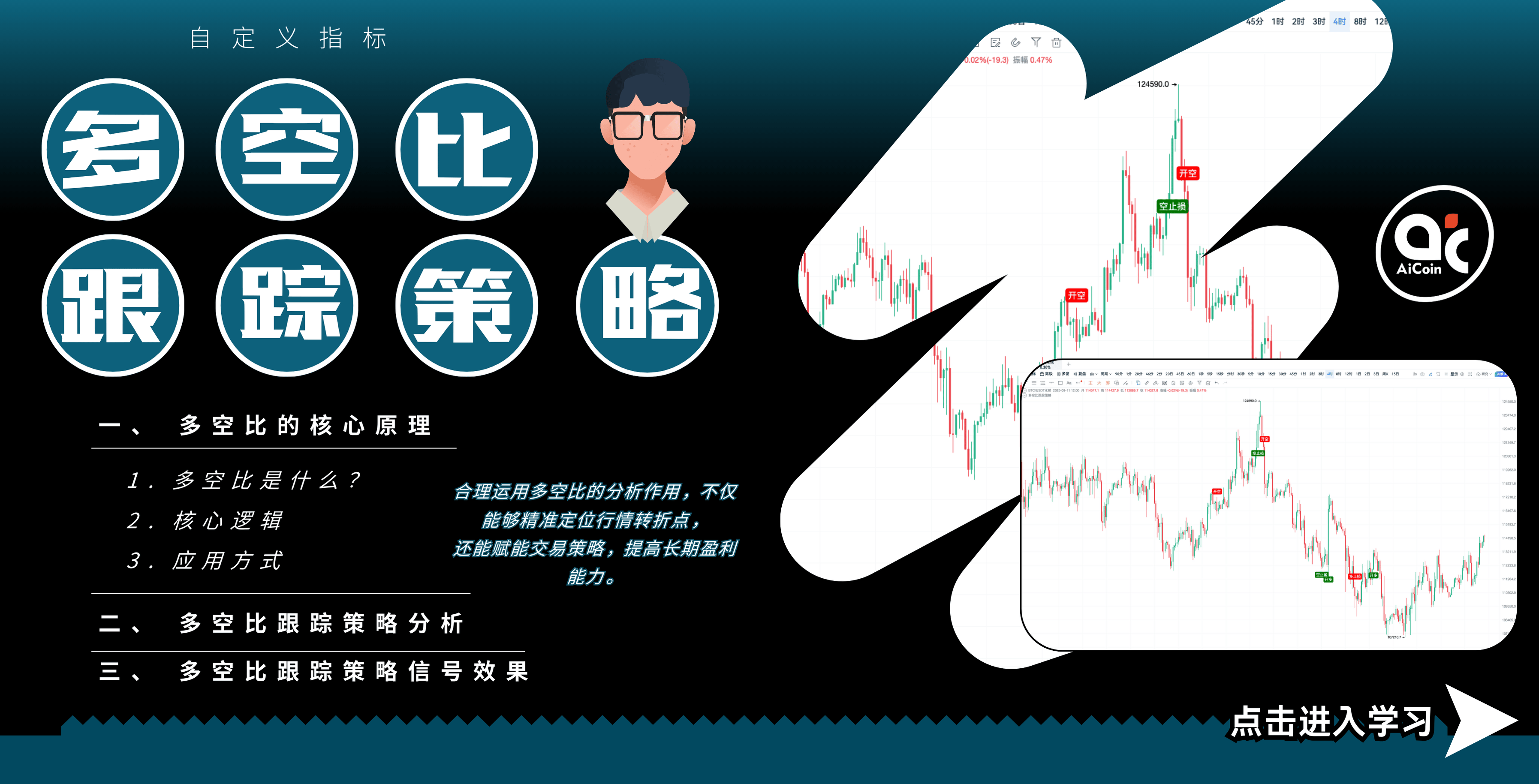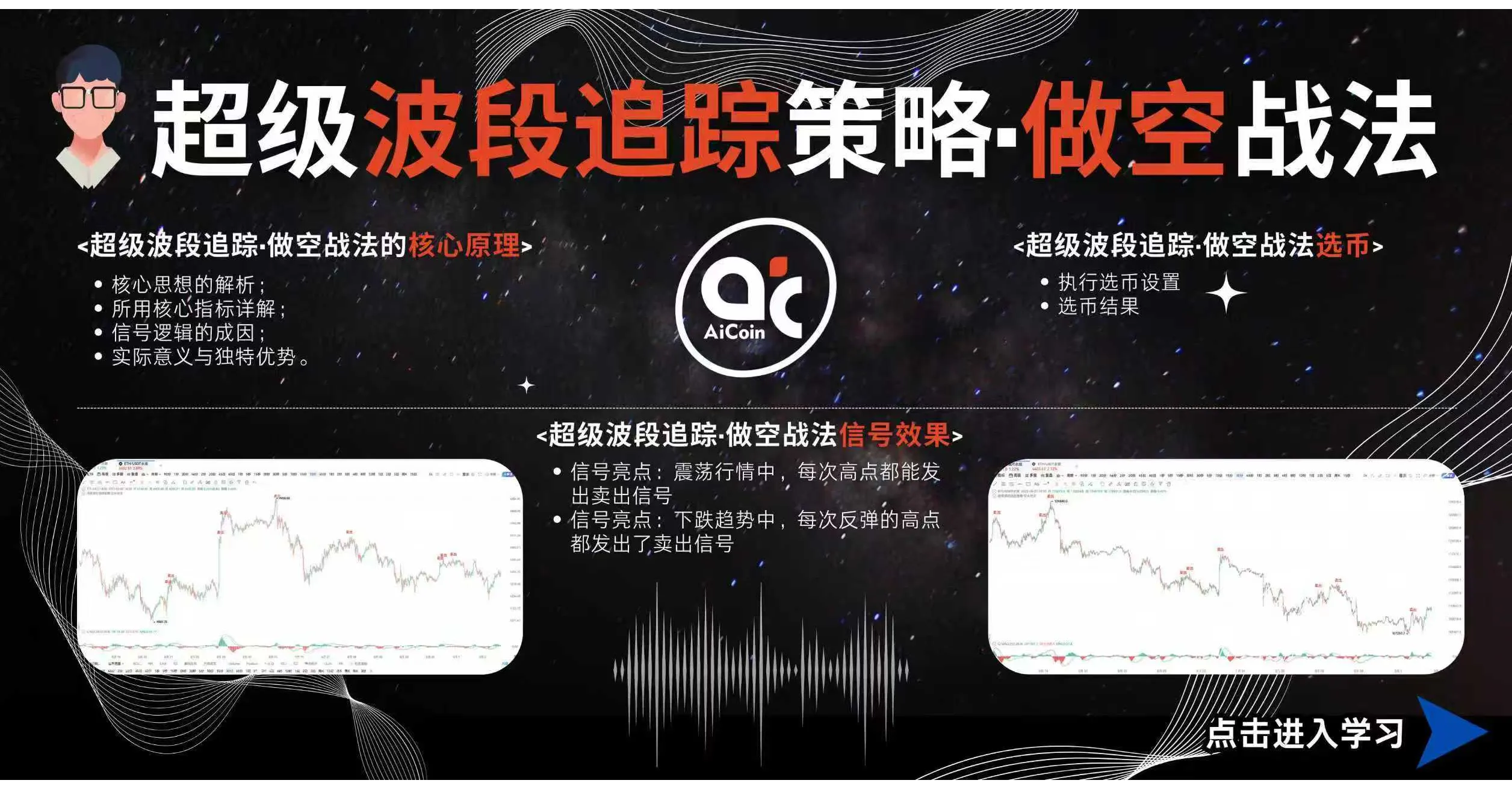1. The Core Principle of Long-Short Ratio
1. What is the Long-Short Ratio?
BTC Long/Short Ratio Index refers to the ratio of the total number of participants holding long positions to the total number of participants holding short positions for a specific contract currency at a given time.
The long-short ratio is an important indicator for measuring the emotional distribution of market participants, revealing the internal power dynamics of the market from a professional perspective. Since market mechanisms dictate that the total value of long and short positions is always equal, this means that the true advantage of either side is not reflected in the size of the positions but rather in the relationship of the number of individual participants. When the number of participants on one side significantly exceeds the other, it inevitably leads to an imbalance in the distribution of unit position value, which also suggests the concentration of retail participation within that group.
Specifically, when the long-short ratio is greater than 1, it indicates that the number of long participants is significantly dominant, which usually releases a signal of market sentiment leaning towards optimism, with most retail investors inclined to go long. However, an excessively high long-short ratio may indicate that market confidence is too uniform, increasing the potential risk of a pullback. Conversely, when the long-short ratio is less than 1, it indicates that the number of short participants is more dominant, and most retail investors may tend to go short, which typically reflects expectations of price declines. Experts will combine such sentiment indicators with other market factors (such as capital flow, changes in position amounts, etc.) to comprehensively assess market conditions and accurately identify potential market turning points driven by sentiment.

2. Core Logic
Market Sentiment Indicator: The long-short ratio quantifies the distribution of positions among market participants, reflecting the current overall sentiment.
High Long-Short Ratio (>1): More long participants dominate, which may represent strong market confidence, but there may also be overheating risks (longs killing longs).
Low Long-Short Ratio (<1): More short participants dominate, usually indicating a pessimistic market, but if too low, it may trigger short covering.
Big Player Thinking: When the long-short ratio is too extreme, it may represent a consensus in market expectations, indicating that the opposing side is hiding from big players preparing to strike.
3. Application Method
The long-short ratio typically shows an inverse relationship with market trends. When the market is declining, the long-short ratio may continue to rise; conversely, when the market is rising, the long-short ratio may show a downward trend, often indicating that the current market direction is likely to continue its previous trend.
When the long-short ratio is at extremely high or low levels, the market usually experiences short-term volatility, such as a higher probability of spike phenomena.
When the market is at a high level, if the long-short ratio shows a significant increase, it suggests that the market is likely to reverse. However, if the long-short ratio is at a moderate level (close to a 1:1 ratio) during a high market, the market is more likely to continue its previous upward trend.
2. Long-Short Ratio Tracking Strategy Analysis
Track dynamic changes to capture opportunities:
By observing the dynamic changes in the market long-short ratio, assess capital flow and market sentiment, confirm buy or sell signals, and seize key trading opportunities for market reversals or trend-following.
1. Focus on Key Value Breakthroughs, Be Aware of Risks:
When the long-short ratio breaks above a significant key value (e.g., 1.6), it indicates that market sentiment leans towards shorts, and the overall market is likely under downward pressure, increasing risk.
At this time, the capital for major short positions is often more concentrated, leading to a higher probability of further declines, so caution is advised or strategies should be adjusted to control risk.
2. Pay Attention to Key Low Signals, Watch for Opportunities:
When the long-short ratio falls below a critical low value (e.g., 1.08), capital for major long positions gradually returns, sentiment warms up, and the overall probability of market increases rises.
At this time, closely monitor for rebound signals combined with price increases to seize potential opportunities for entering long positions.
Recommendations:
Strict Risk Control Principles: Combine a certain take-profit and stop-loss ratio to set reasonable risk control limits for each trade, reducing the impact of market fluctuations on returns.
Optimize Decision Stability: By combining other market parameters (such as trading volume, capital flow, technical indicators, etc.), further enhance the accuracy and continuity of decisions to ensure a reasonable balance between returns and risks.
3. Effectiveness of Long-Short Ratio Tracking Strategy Signals

Figure OKX-BTCUSDT Perpetual Contract
Signal Highlights: Identify Major Trends
4. Indicator Source Code
// @version=2
// Create your custom script here
lspr = security('i:lsprbtc:okex', '5m', close)
var long_count = 0
var long_avg = 0
var long_max_profit = 0
var active_long_profit_monitor = false
var active_long_drawdown_order = false
var short_count = 0
var short_avg = 0
var short_max_profit = 0
var active_short_profit_monitor = false
var active_short_drawdown_order = false
var frozen_interval = 60 * 60
var finish_time = 0
// max_lspr = highest(lspr, 500);
// min_lspr = lowest(lspr, 500);
// lspr_ratio = (lspr - min_lspr)/(max_lspr - min_lspr)
lspr_ratio = lspr
lc = 1.6
sc = 1.08
take_profit = 0.05
stop_loss = 0.05
long = crossdown(lspr, lc) and long_count == 0 and time - finish_time > frozen_interval
short = crossup(lspr, sc) and short_count == 0 and time - finish_time > frozen_interval
long_take_profit_order = close/long_avg - 1 > take_profit and long_count == 1
long_stop_loss_order = close/long_avg - 1 < -1 * stop_loss and long_count == 1
short_take_profit_order = short_avg/close - 1 > take_profit and short_count == 1
short_stop_loss_order = short_avg/close - 1 < -1 * stop_loss and short_count == 1
exitLong(short, price='market', amount=1000)
exitShort(long, price='market', amount=1000)
enterLong(long, price='market', amount=1000)
enterShort(short, price='market', amount=1000)
alertcondition(long, title='Go Long', direction='buy');
alertcondition(short, title='Go Short', direction='sell');
plotText(long, title='long', text = 'Open Long', refSeries = low, bgColor='green', color='white', fontSize=14, placement='bottom' ,display=true);
plotText(short, title='short', text = 'Open Short', refSeries = high, bgColor='red', color='white', fontSize=14, placement='top' ,display=true);
exitLongPercent(long_take_profit_order or long_stop_loss_order, id = 'cond4',price='market', percent=100)
exitShortPercent(short_take_profit_order or short_stop_loss_order, id = 'cond8',price='market', percent=100)
plotText(long_take_profit_order, title='long_take_profit_order', text = 'Long Take Profit', refSeries = high, bgColor='red', color='white', fontSize=14, placement='top' ,display=true);
plotText(long_stop_loss_order, title='long_stop_loss_order', text = 'Long Stop Loss', refSeries = high, bgColor='red', color='white', fontSize=14, placement='top' ,display=true);
plotText(short_take_profit_order, title='short_take_profit_order', text = 'Short Take Profit', refSeries = low, bgColor='green', color='white', fontSize=14, placement='bottom' ,display=true);
plotText(short_stop_loss_order, title='short_stop_loss_order', text = 'Short Stop Loss', refSeries = low, bgColor='green', color='white', fontSize=14, placement='bottom' ,display=true);
long_signal = long // true or false Long Signal
short_signal = short // true or false Short Signal
active_trail = 0.03 // Activate trailing stop at 3% increase
drawdown = 0.5 // Close position at 50% drawdown from the peak
if (long_signal and long_count == 0) {
long_count := 1
long_avg := close
active_long_profit_monitor := false
}
if (short_signal and short_count == 0) {
short_count := 1
short_avg := close
active_short_profit_monitor := false
}
if (short_signal or long_stop_loss_order or long_take_profit_order or active_long_drawdown_order) {
long_count := 0
finish_time := time
}
if (long_signal or short_stop_loss_order or short_take_profit_order or active_short_drawdown_order) {
short_count := 0
finish_time := time
}
if (long_count > 0) {
profit = (close - long_avg) / long_avg
if (profit > long_max_profit) {
long_max_profit := profit
}
if (profit > active_trail and long_max_profit > active_trail) {
active_long_profit_monitor := true
}
if (active_long_profit_monitor) {
back = profit/long_max_profit
if (back < drawdown) {
active_long_drawdown_order := true
}
}
} else {
active_long_drawdown_order := false
active_long_profit_monitor := false
long_max_profit := -999999999
long_avg := 0
}
if (short_count > 0) {
profit = (short_avg/close) - 1
if (profit > short_max_profit) {
short_max_profit := profit
}
if (profit > active_trail and short_max_profit > active_trail) {
active_short_profit_monitor := true
}
if (active_short_profit_monitor) {
back = profit/short_max_profit
if (back < drawdown) {
active_short_drawdown_order := true
}
}
} else {
active_short_drawdown_order := false
active_short_profit_monitor := false
short_max_profit := -999999999
short_avg := 0
}
exitLongPercent(active_long_drawdown_order, id = 'Long Take Profit',price='market', percent=100)
exitShortPercent(active_short_drawdown_order, id = 'Short Take Profit',price='market', percent=100)
plotText(active_long_drawdown_order, title='Trailing Stop Long', text = 'Trailing Stop Long', refSeries = high, bgColor='red', color='white', fontSize=14, placement='top' ,display=true);
plotText(active_short_drawdown_order, title='Trailing Stop Short', text = 'Trailing Stop Short', refSeries = low, bgColor='green', color='white', fontSize=14, placement='bottom' ,display=true);
5. Summary
The long-short ratio, as an intuitive reflection of market sentiment and capital flow, is an important reference indicator for identifying market trends and potential reversals. By focusing on the key changes in the long-short ratio, combined with specific market performance, investors can effectively capture trending opportunities and avoid potential risks.
Recommendations:
1. Trend Trading: Use the high and low values of the long-short ratio as reference points in conjunction with volume indicators to filter entry opportunities and improve trading success rates.
2. Risk Management: When the long-short ratio is at extreme values (e.g., >1.6 or <1.08), closely monitor market reversal signals and adjust positions promptly to reduce risk.
3. Dynamic Optimization: Long-short ratio signals should dynamically match market volatility and capital flow, maintaining efficient trading logic in complex market conditions through continuous optimization of strategies.
By effectively utilizing the analytical role of the long-short ratio, one can not only accurately identify market turning points but also empower trading strategies to enhance long-term profitability.
Join our community to discuss and grow stronger together!
Official Telegram community: t.me/aicoincn
AiCoin Chinese Twitter: https://x.com/AiCoinzh
Group Chat - Wealth Group:
https://www.aicoin.com/link/chat?cid=10013
免责声明:本文章仅代表作者个人观点,不代表本平台的立场和观点。本文章仅供信息分享,不构成对任何人的任何投资建议。用户与作者之间的任何争议,与本平台无关。如网页中刊载的文章或图片涉及侵权,请提供相关的权利证明和身份证明发送邮件到support@aicoin.com,本平台相关工作人员将会进行核查。



